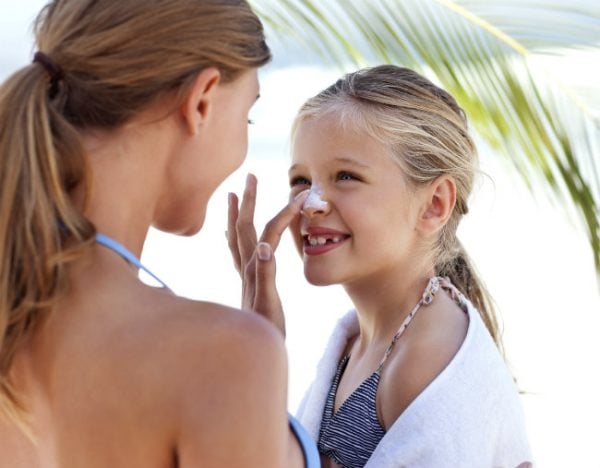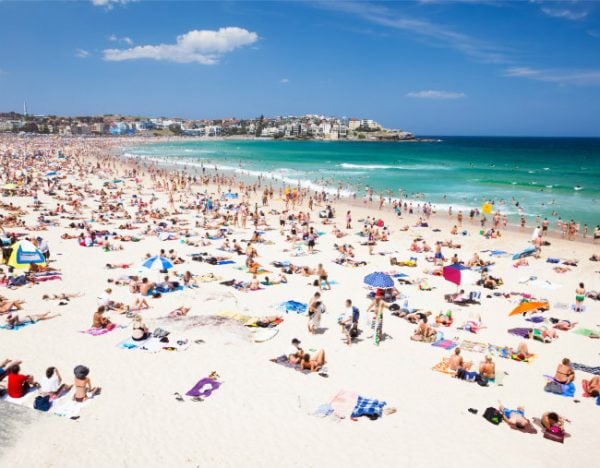

Do you ever feel like you’re fighting an uphill battle when it comes to avoiding a sunburn even when you slather on sunscreen?
Do you ever find yourself staring at the wall of sunscreens at your local chemist or grocery store and feeling completely overwhelmed at all the confusing labelling?
Me too.
Technically, 85 percent too. That’s how many of us don’t actually know how much sunscreen to use to avoid getting sunburnt according to Clinical Associate Professor Saxon Smith.
Dr Smith is an Australian trained dermatologist and holds a fellowship with the Australasian College of Dermatologists. He gave up some of his time to let me ask every question under the sun (see what I did there?) about sunscreen, sunburn and what on earth all the science jargon on labels actually means.
How much sunscreen and how often?
Almost all of us are coming back from a day in the sun cursing the sunscreen we are using for not protecting our skin from sunburn, when in fact we’re often not putting enough on, or often enough.
Dr Smith says, “we need to apply one teaspoon of sunscreen per limb and half a teaspoon for your face”. To cover the whole body, it’s “seven teaspoons, or 35 to 40 mls of sunscreen, basically the size of a golf ball”.
Dr Smith explains that sunscreen should be reapplied at least every two hours, adding that “30 to 40 percent [of us] never reapply their sunscreen”.



